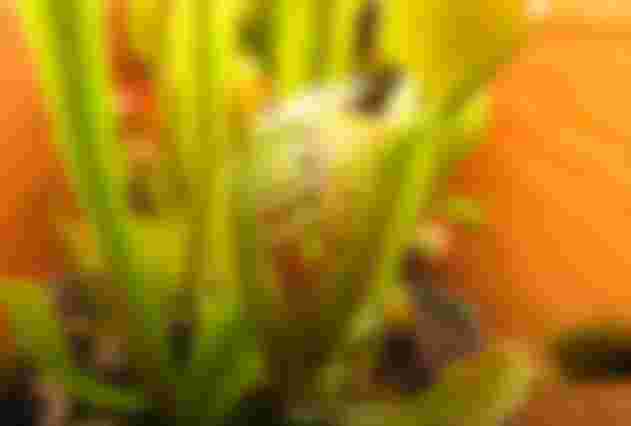When people think of plants, they often think of the beautiful trees, flowers and shrubs they see every day. Most do not realize that there are many plants that grow all over the world and have the ability to kill all living things that approach them. Today I will write to you about the carnivorous plants

Carnivorous plants (large carnivores or insectivorous plants) are battles that use traps to catch various animals, mostly insects, that they need for food. We mostly live on acidic soils, with a concentration of low minerals, so they adapt to such unfavorable living conditions with the help of traps. They are spread everywhere in the world, especially in Asia, Africa and America, but they are also available here, in Serbia. Carnivorous plants were first mentioned in 1875 in Charles Darwin's book Insective Plants.
Carnivorous plants are formed by the adaptation of plants to soils poorly enriched with minerals, especially nitrogen and phosphorus. To get to these minerals, they adapted morphologically and began to feed on protozoa and animals, and especially arthropods, mostly insects, trapping them. In that way, they became predators, which is quite a rare case with plants. They continue to feed on photosynthesis, because they contain chlorophyll, as well as the process of obtaining water and other minerals through the roots. That way they get energy. Those next to the leaves have modified absorbent hairs
With the help of these hairs, they absorb the products that were created from the bodies of insects that were broken down by enzymes from their glands. In addition, they have special mechanisms for catching prey. According to these mechanisms, a general division is made into two large groups: carnivorous plants with active type of animal capture and carnivorous plants with a passive type of animal capture.

Carnivorous plants with active capture have a trap that moves to catch prey. Their leaves are so transformed that by active movement they catch and disable the prey, which is then broken down with the help of digestive enzymes. Carnivorous plants with passive capture have a passive trap that does not move, but lures insects into the plant where it is then caught. They usually have a part of the leaf transformed into a jug or funnel-like structure containing digestive juices.
The animal simply falls into such a structure, drowns and is digested. However, before catching prey, the carnivore must lure it, and it does so with the help of bright colors, a specific smell or nectar. These traits are contained in both groups, both carnivorous plants with active capture and with passive capture.

In order for a plant to be called a carnivore, it is necessary for it to be able to lure prey, catch it and eventually digest it. Thus, for example, the most famous carnivorous plant, the Venus flytrap, attracts insects with its bright color and juicy nectar. Insects will irritate two or three sensitive hairs by walking on it, which are located in the middle of both covers, near the main rib. Only then will the trap close quickly and catch him. It stays that way for three or four days. This is the time during which the prey is digested with the help of digestive enzymes. If he somehow manages to escape, it will reopen after a few hours.
you tube
They live in places such as swamps, peat bogs, acid ponds, volcanic ash, sea and river banks, sandstones, stagnant waters, rocks and limestone cliffs with strong acidity, ie soils that lack nutrients, especially nitrates and phosphates. They inhabit mainly in the tropical and rain forests of South America, Asia and Africa, although there are some in our region. We have Aldrovanda in Zasavica and rosulja, near Vlasina Lake.

Yeah, it hurts




inkredible